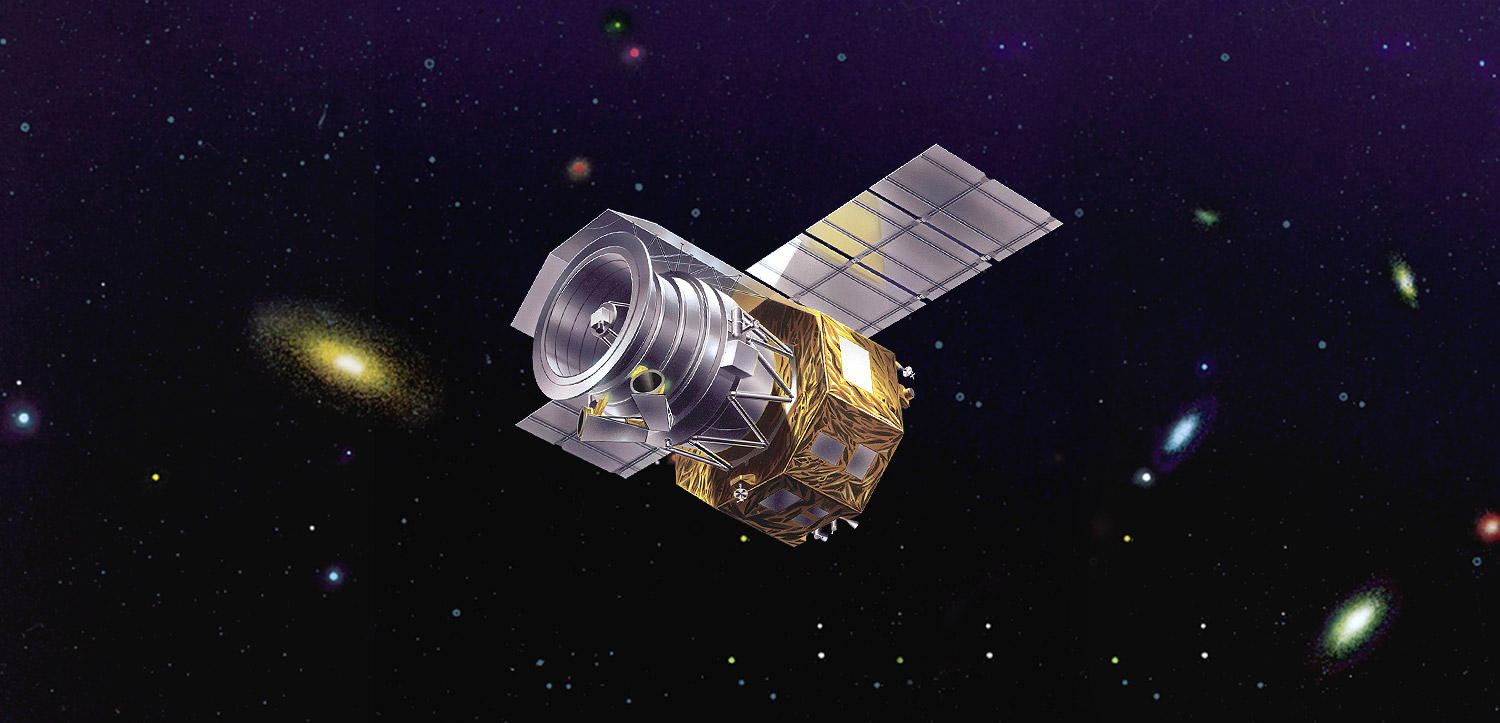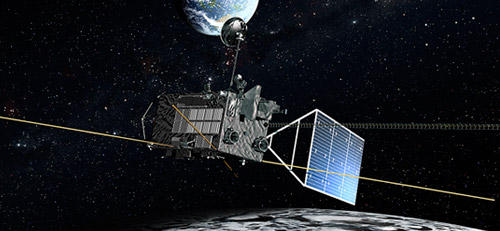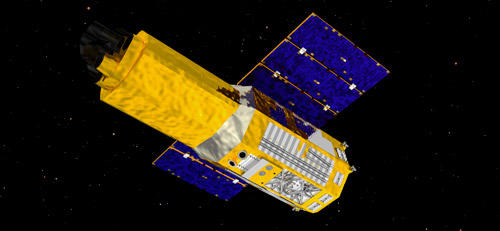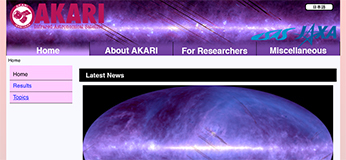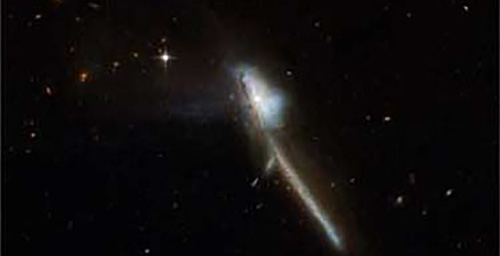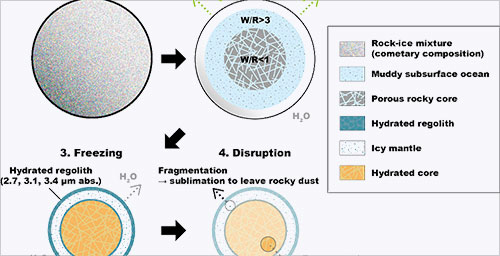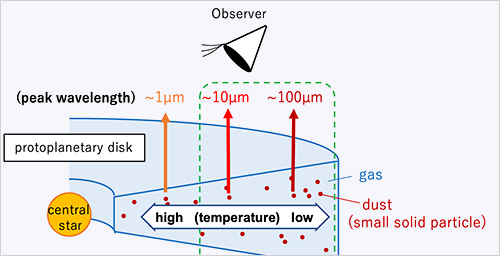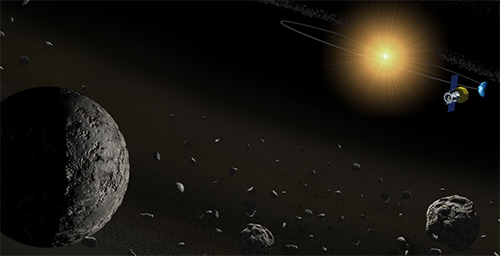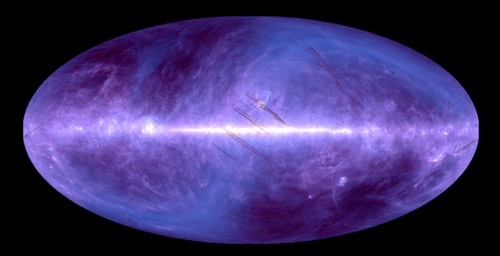AKARI (Previously known as ASTRO-F or IRIS - InfraRed Imaging Surveyor) is the second space mission for infrared astronomy in Japan. AKARI was developed by the members of JAXA/ISAS and collaborators. IRAS (Infrared Astronomical Satellite, launched in 1983 by the United Kingdom, the United States, and the Netherlands) carried out the first all-sky survey at infrared wavelengths and made a huge impact on astronomy. The AKARI mission was an ambitious plan to make an all-sky survey with much better sensitivity, spatial resolution and wider wavelength coverage than those of IRAS. AKARI had a 68.5cm telescope cooled down to 6K, and observed in the wavelength range from 1.7 (near-infrared) to 180 (far-infrared) micrometer. AKARI was successfully launched into space by a M-V rocket and it was placed in a sun-synchronous polar orbit at an altitude of approximately 750 km. After carrying out a large numbers of observations, the operation of the AKARI satellite was completed on November 24, 2011.
| Name | AKARI (ASTRO-F) |
|---|---|
| International Designation code | 2006-005A |
| Objectives | 1.Explore primeval galaxies using highly sensitive infrared observation to study the evolution of galaxies. 2.Observe a variety of star-formation regions with infrared to study the birth of stars. 3.Explore the evolution of stars and cycling of matter in the Universe. 4.Explore radiation from proto-planetary disks outside the solar system. 5.Hunt for new comets. |
| Launch Date | 06:28, February 22, 2006 (JST) |
| Launch Location | Uchinoura Space Center (USC) |
| Launch Vehicle | M-V-8 |
| Weight | Approx. 952 kg (at launch) |
| Dimension | 1.9m x 1.9m x 3.2m 5.5m (at deployment of the solar paddles) |
| Orbital Altitude | 700km |
| Orbital Inclinarion | 98.2° |
| Type of Orbit | Sun-synchronous polar orbit |
| Orbital Period | 100 min |
| Scientific Instruments | Ritchey-Chretien reflection telescope with 68.5 cm aperture and 4,200 mm focal length Two types of observation instruments installed on the telescope's focal point: FIS (Far-Infrared Surveyor) to observe far-infrared; and near-infrared/mid-infrared camera IRC (InfraRed Camera) Liquid helium and Stirling-cycle mechanical refrigerator to cool observation instruments |
| End of Operation | November 24, 2011 |
| Operation | During post-launch functional checkups, the two-dimensional solar sensor (NSAS), etc., were seen to be behaving unexpectedly. After careful review of operational procedures, we modified the satellite's onboard software to ensure complete attitude control and then performed the operation check test. At 16:55 on April 16, 2006 (JST), we opened the telescope lid (release of aperture lid) and confirmed by telemetry signals from the satellite that the operation had been completed successfully. Since then, both electric power and attitude are stable and observation is now conducted without problems. After liquid Helium boil-off in August 2007, AKARI continues observations with the Near-Infrared insturument. |
| Results | In May 2006, we released the first results including the first clear image of the star-birthing region by successful high-resolution observation far exceeding conventional infrared images. In March 2007, the scientific results obtained by AKARI were first presented in the annual spring meeting of the Astronomical Society of Japan. In October 2007, AKARI initial results are published in the special issure of the Publication of the Astronomical Society of Japan. |

